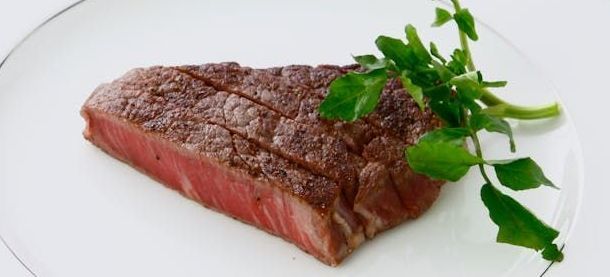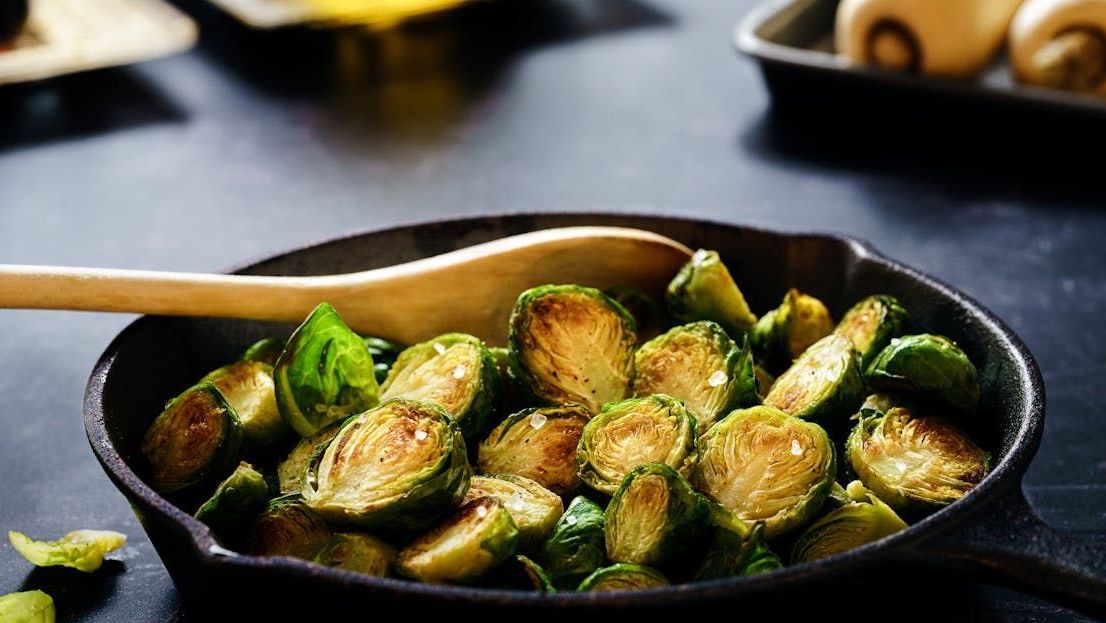Writing an effective blog post that can charm both Google and your readers simultaneously can be compared to crafting a gourmet dish. Just like a chef uses quality ingredients, precise measurements, and carefully refined techniques to create a culinary masterpiece, a content creator needs to harness the power of SEO-friendly blogging to cook up a delectable digital dish that Google can't resist.

The gourmet meal preparation kicks off with the starter - keywords. Think of this step as the refined first course that sets the theme for your entire blog post. The trick lies in directly responding to your target audience's needs.
Focus on understanding what words your top prospects might input into a Google search when looking for a solution to their immediate issues. Timing and location also matter. If the people you want to attract reside within a specific geographic region, it would be wise to incorporate that area in the title, meta description, URL, and the initial 100 words of your blog post.
You've started your blog tastefully only when these pre-selected keywords get sown carefully across—without seeming forced or alien—enhancing the likelihood of your blog reacting with potential readers organically.
However, just as a chef wouldn't drown a dish in salt, avoid stuffing your content with keywords to manipulate search rankings. This can leave a bitter taste in Google's mouth, leading to penalties, and give your readers a less than palatable experience.
Next comes the main course - Crafting a Compelling Title. Your blog title serves as the juicy steak at the center of your plate; it's the first thing readers see and a crucial element for SEO.
It needs to be both informative and enticing, giving readers a clear idea of what they're about to feast on. Including your primary keyword in the title is important, but it should be done in a way that feels natural and doesn't overpower the other flavors.


Like the perfectly roasted vegetables that accompany your steak, headings structure your blog post, making it easier for readers to digest.
They also help search engines understand the hierarchy of your content.
Don't forget to include keywords in your headings, but again, do it naturally.
Featured snippets, on the other hand, are the gravy that tops off your main course.
To increase your chances of being featured, structure your content to answer specific questions clearly and concisely, like a well-seasoned gravy that enhances the taste of the steak.
The dessert - Content Quality and Readability, Internal and External Linking, and Meta Descriptions.
High-quality content is the sweet ending to your blog posts. It should be informative, well-researched, and provide real value to the reader. The readability of your content is like the perfect texture of a dessert; it should be easy to consume and enjoyable.
Internal and external linking are the cherries on top; they enrich your content. Meta descriptions often appear as the description in Google search results, and are like the enticing menu description that makes you want to order the dessert in the first place.

And there you have it - a gourmet guide to creating a Google-friendly blog post. Like a successful chef, a content creator must continually refine their recipe, adjust the seasoning, and stay on top of the latest culinary trends to keep their customers coming back for more.
The same applies to SEO-friendly blogging; it's a multifaceted approach that requires careful keyword selection, content structuring, and user experience considerations.
By following these best practices, you can create content that not only ranks well in search engines but also provides real value to your readers, encouraging them to return to your blog time and time again.
Bon appétit!



